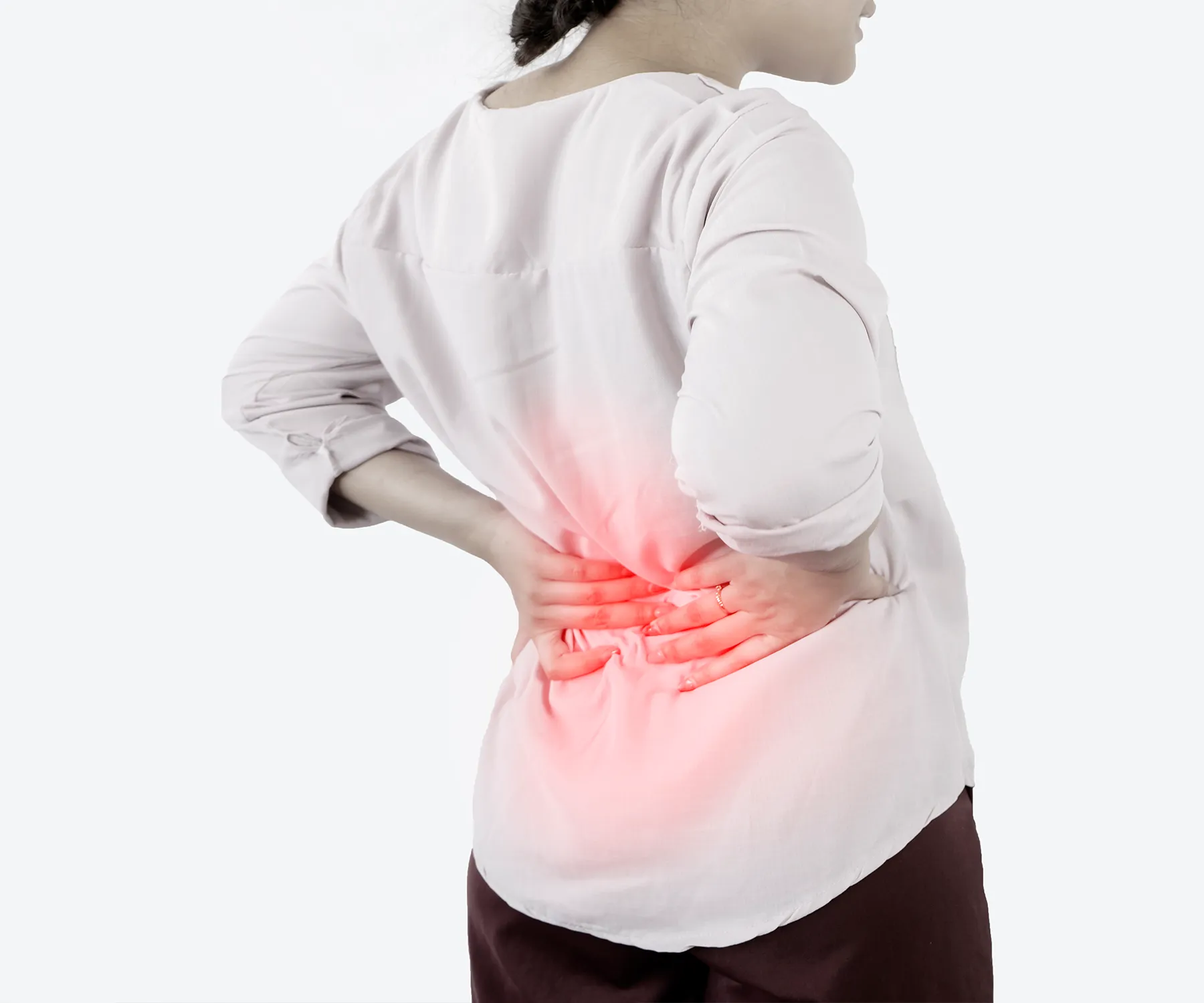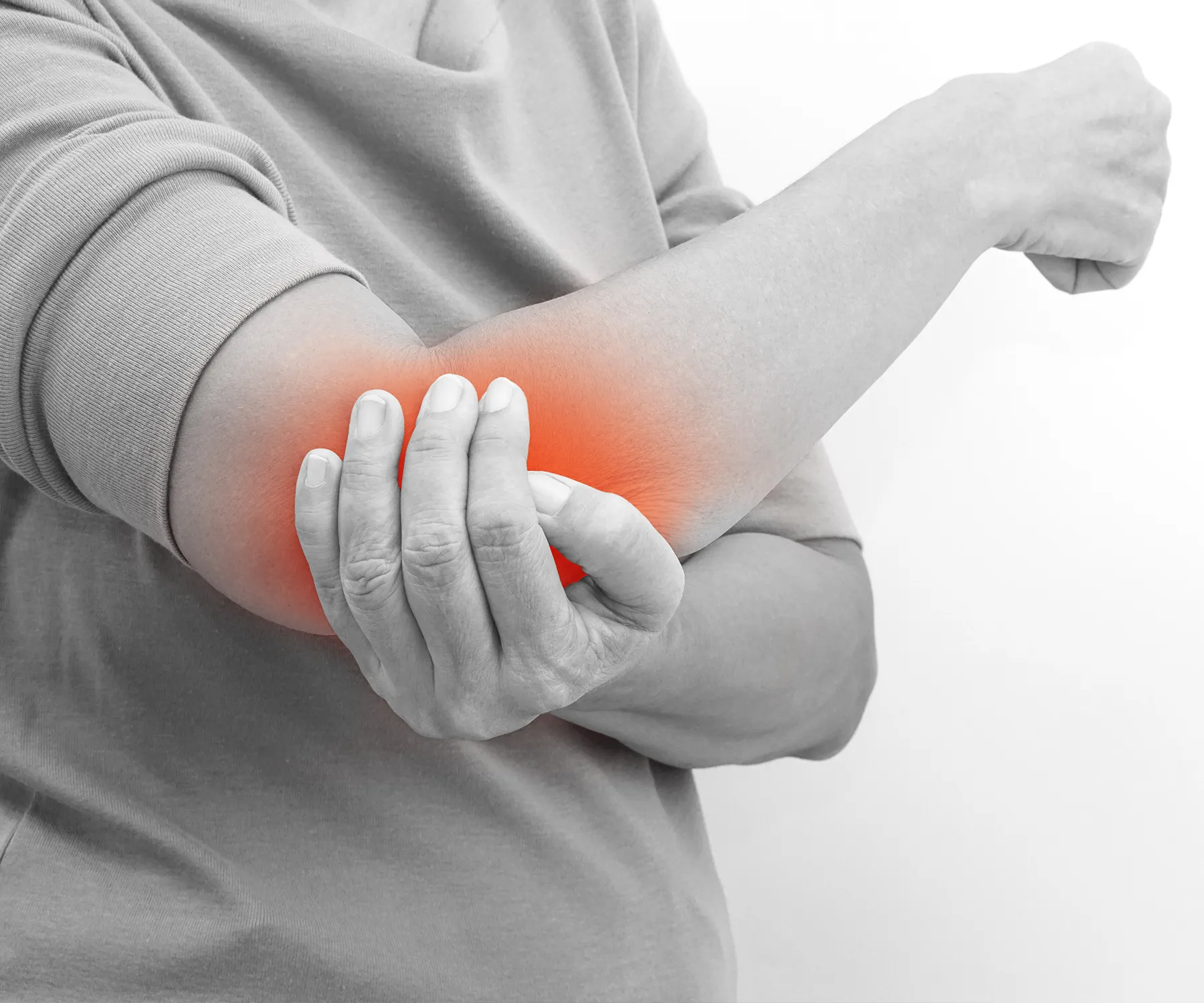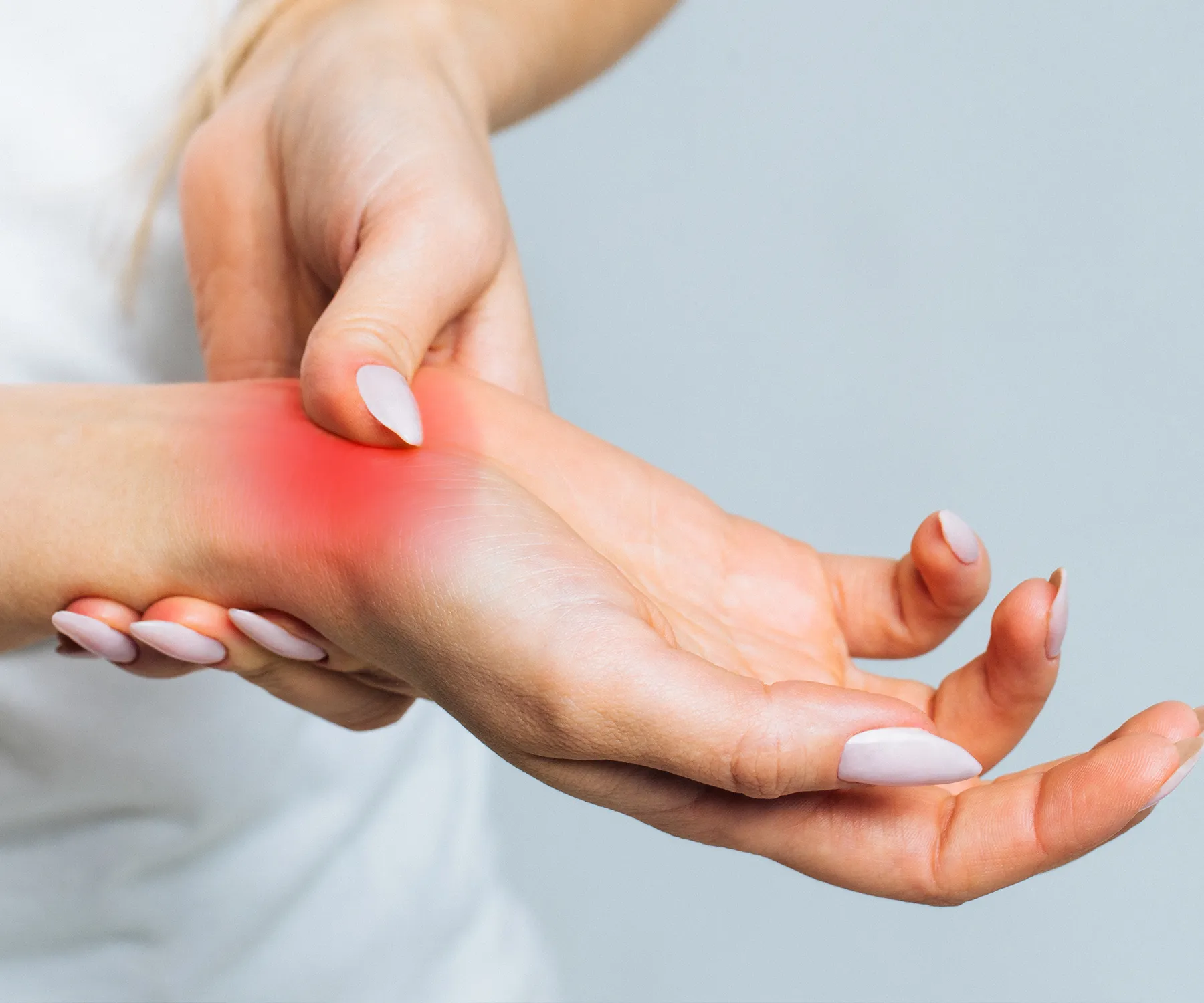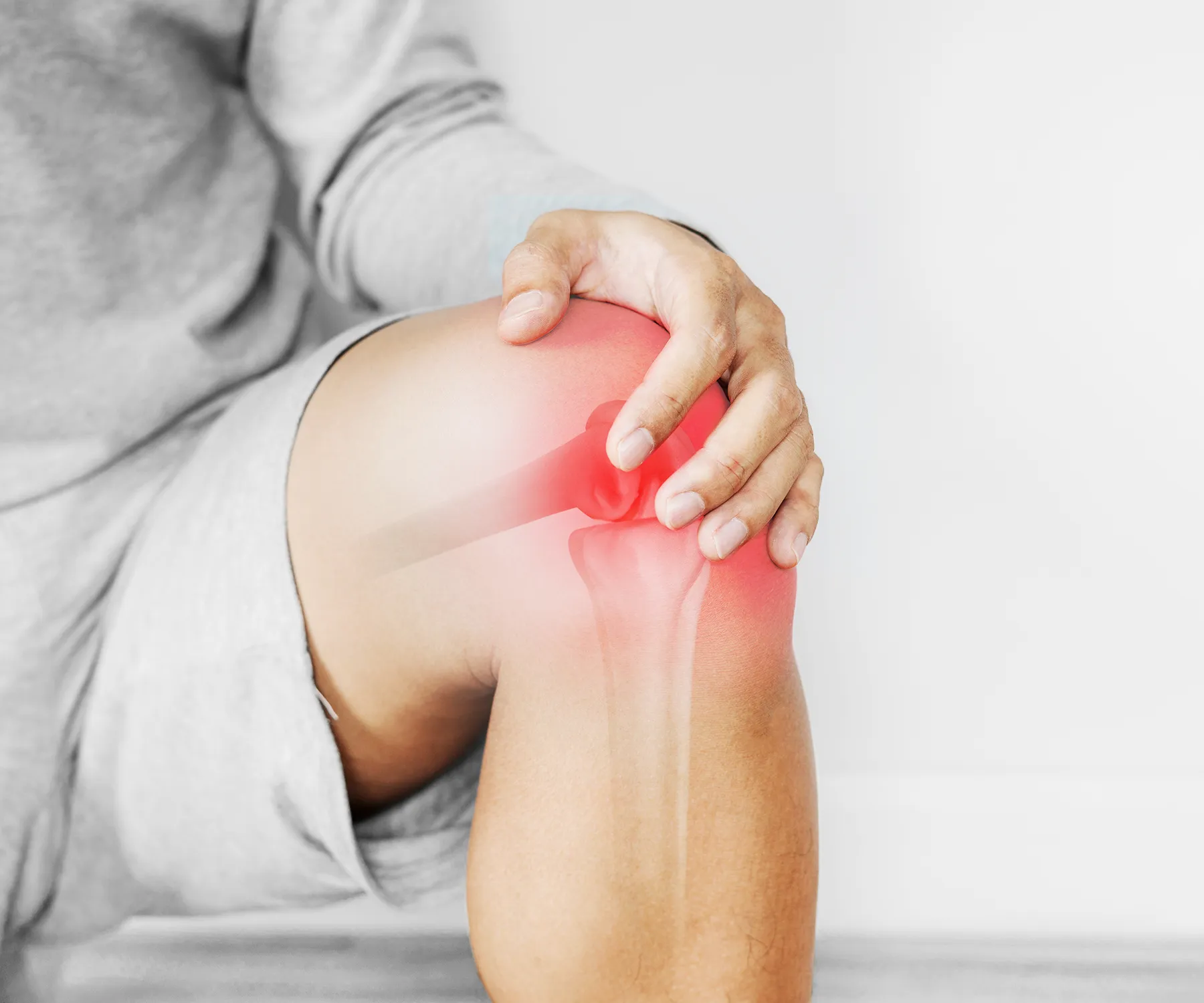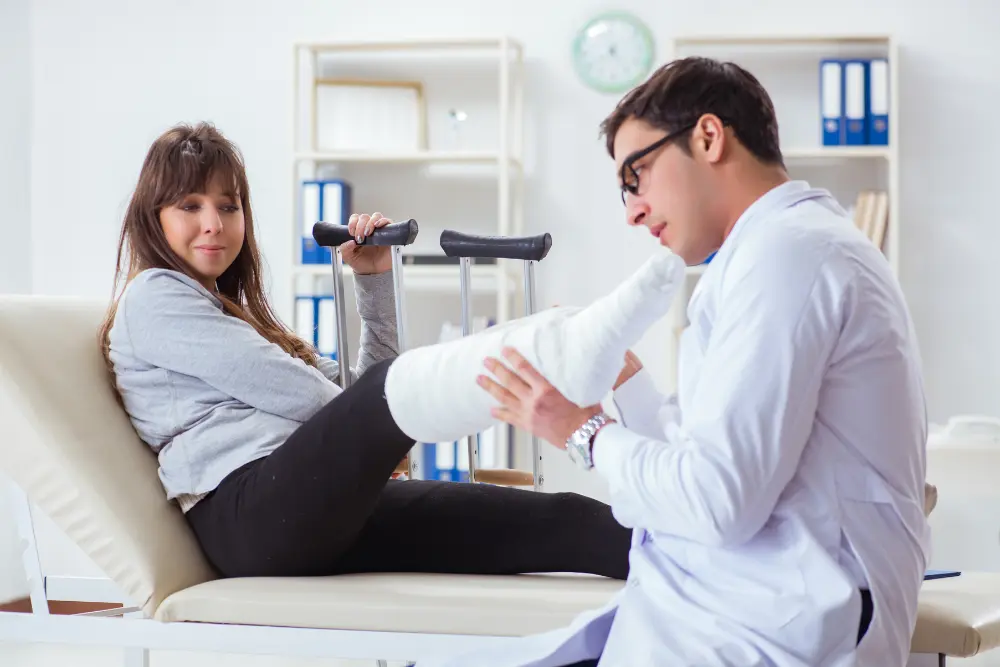
Heal Beyond Broken Bones
Think of your bones as the strong walls that hold up your body. Unexpected turns, slips, and falls in life can unfortunately cause fractures, especially in sports, older people, and people whose bones are already weak.
If you have experienced fractures recently or if you are dealing with any past injury pain, physiotherapy can help you find relief and stand tall again.
Has this been happening to you lately?
Pain
Persistent pain during movement or when pressure is applied
Swelling
Swelling may occur due to the body’s natural response to injury
Deformity
Odd shapes suggest a possible bone break
Bruising
Skin discoloration or bruising around the injured site
Limited Mobility
Difficulty moving the injured limb or joint due to pain and swelling
Tenderness
Increased sensitivity on injured site
Tingling
Damage resulting in sensations of numbness or tingling in the affected area
Weakness
Challenging or impossible to put weight on the injured leg
What could have caused Bone Fracture?
Fractures can happen from accidents, falls, or strong impacts on bones. Sudden forces beyond what bones can handle such as a fall on a slippery surface, a car collision, or a sports mishap like a hard tackle are examples of events that may lead to fractures.
Our Physiotherapy sessions will help you recover by
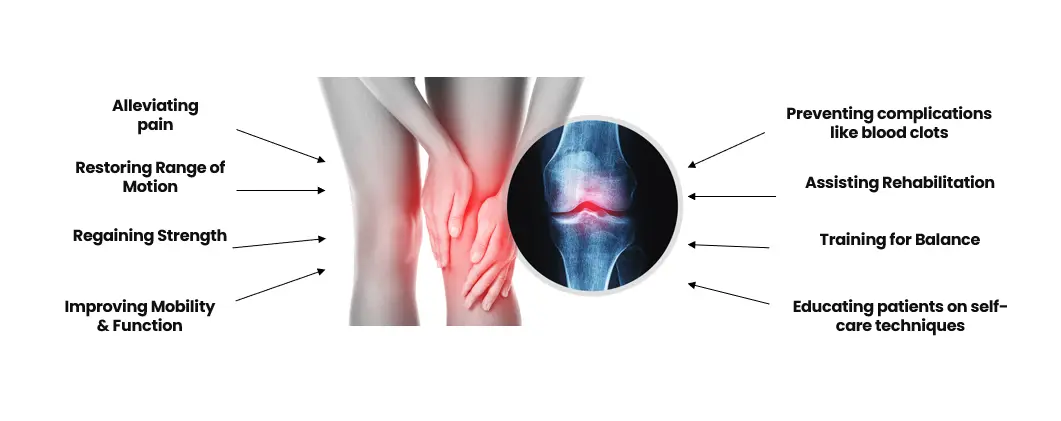
FAQs related to Fractures
What should you do if you break a bone?
As soon as you notice a fracture, keep the injured area from moving by splinting or supporting it with whatever you can find. To get rid of pain and lessen swelling, use an ice pack or cold compress. Get medical help right away to get a correct diagnosis and the right treatment. If you don’t have to, don’t move the person. Instead, comfort them while you wait for medical help.
What does Fracture mean?
A fracture is when a bone breaks. This can happen because of an accident or worry. It can be simple or complicated, and it can range from small cracks to full breaks. Treatment depends on how bad it is and may include surgery or not being able to move.
What kind of damage do cracks do?
Fractures can be of different levels – mild to severe. Fractures are often put into groups based on how big the break is, whether the bone goes through the skin (open or complex fracture), and how much the surrounding tissue is affected.
What are the signs of a fracture?
Pain, swelling, and bruises are all signs of a fracture. You might hear a snap or pop now and then. When you see these signs, you should see a doctor right away to get the right care and get better.
Can physiotherapy help fractures get better?
Physiotherapy is an important part of fracture recovery because it uses specific exercises to help people regain their mobility, build muscle strength, and avoid problems like stiffness or weakness. This speeds up the return to normal function and movement after an accident.
What are the different kinds of fractures?
There are different types and levels of seriousness of fractures, such as simple fractures with a clean break, compound fractures where the bone goes through the skin, comminuted fractures with several broken bones, and hairline fractures with small cracks. Greenstick fractures happen when bones bend and break partially, while stress fractures happen when bones are stressed over and over again. Each type of fracture needs a different treatment method because of how it affects the function and health of the affected area.
What takes place if a bone marrow crack breaks?
If a bone marrow crack worsens or breaks, it can lead to the leakage of bone marrow, causing pain, swelling, and potential complications like anemia or infection. The severity determines the necessary treatment, which may involve rest, immobilization, or surgery to address any resulting issues such as impaired blood cell production or infection risks.
Will a fracture get better on its own?
Not all the time. How quickly someone heals depends on how bad the fracture is, where it is, and their general health. Broken bones that need to be carefully aligned or that are very bad may need medical help, like casts, bracing, or surgery. Do not take a chance!
How can I keep my bones from breaking?
To lower your risk of breaking a bone, you should do weight-bearing workouts regularly and eat a lot of calcium and vitamin D. Take steps to avoid falling by making sure the area is well-lit, using stairs, and wearing the right shoes.
What are the signs of a fracture and how does physiotherapy treat them?
In physiotherapy, fractures are found by using both physical exams and imaging tests, such as X-rays. As part of the treatment, specific exercises are used to improve movement, ease pain, and strengthen the area that needs work. To help the body heal, ultrasounds or electrical stimulations are used. The method is different depending on the type and severity of the fracture, with a focus on making a personalized plan for the best possible recovery.
